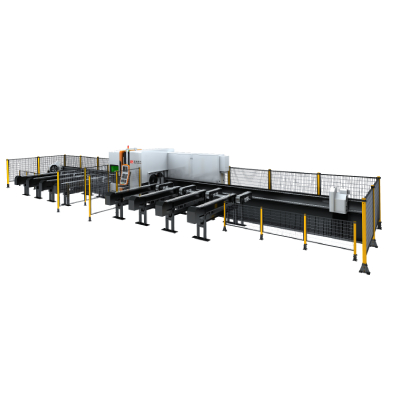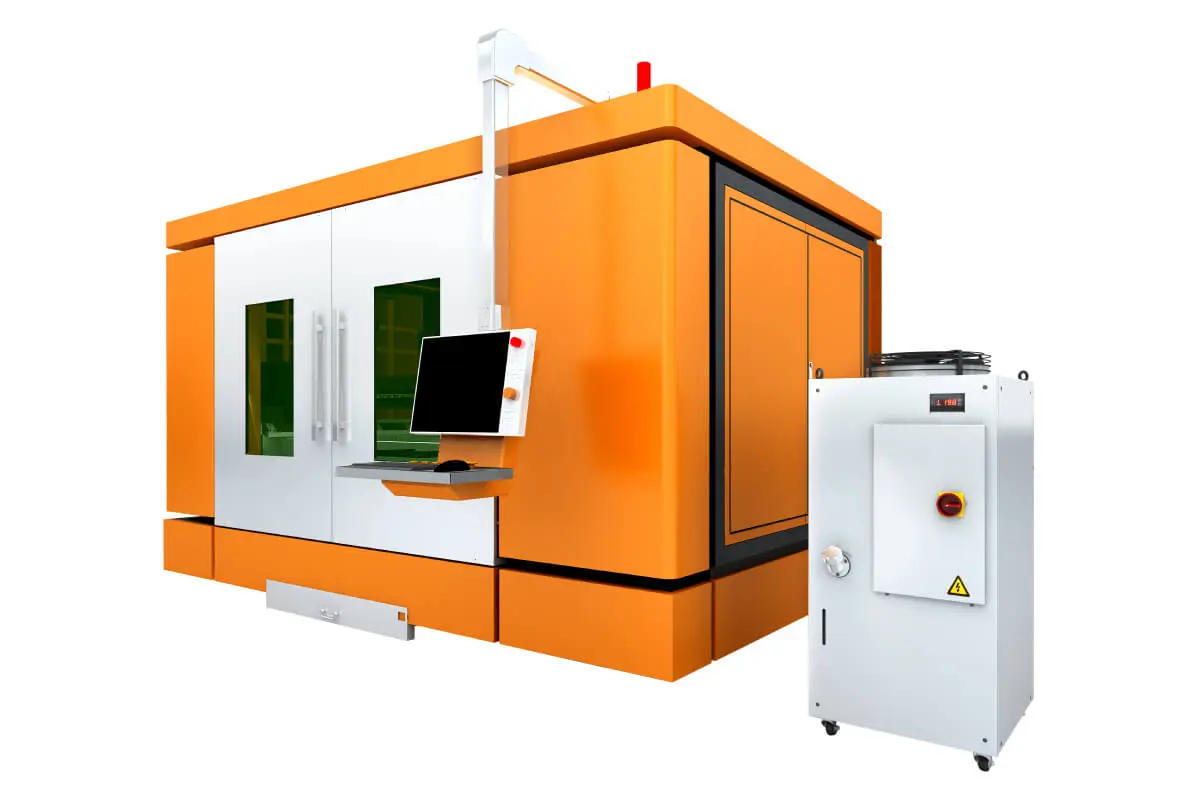In the world of manufacturing, precision and efficiency are key factors in driving success. Companies are constantly looking for innovative ways to improve their production processes and stay ahead of the competition. One of the latest technologies that is revolutionizing the manufacturing industry is the cutting machine.

Revolutionizing Manufacturing with the Latest Cutting Machine Technology
Cutting machines have been used for decades to cut materials such as metal, wood, fabric, and more. However, advancements in technology have led to the development of more sophisticated cutting machines that can perform tasks with unprecedented accuracy and speed. These cutting machines are equipped with state-of-the-art features such as computer numerical control (CNC) systems, laser cutting technology, and robotic automation, making them highly versatile and efficient tools for manufacturers.
One of the key benefits of using a cutting machine in manufacturing is the ability to achieve precise and consistent cuts. Traditional methods of cutting materials by hand or with simple tools can be time-consuming and prone to errors. Cutting machines, on the other hand, are programmed to make precise cuts according to the specifications provided, resulting in high-quality finished products. With CNC systems, operators can easily program the cutting machine to perform complex cutting patterns, shapes, and angles, thereby eliminating the need for manual intervention and reducing the risk of errors.
Another advantage of using cutting machines in manufacturing is the significant increase in production speed. Modern cutting machines are designed to operate at high speeds without compromising on accuracy, allowing manufacturers to produce more parts in less time. This increase in productivity not only translates to higher output levels but also results in cost savings for companies in terms of labor, energy, and material expenses.

Revolutionizing Manufacturing with the Latest Cutting Machine Technology
Furthermore, cutting machines are highly versatile tools that can be used across a wide range of industries and applications. Whether it’s cutting metal sheets for automotive parts, fabric for clothing production, or wood for furniture manufacturing, cutting machines can handle various materials with ease. In addition, the availability of different cutting methods such as laser cutting, plasma cutting, water jet cutting, and more gives manufacturers the flexibility to choose the most suitable option for their specific requirements.
The integration of robotic automation with cutting machines is another trend that is gaining traction in the manufacturing industry. Robotic cutting systems are designed to perform repetitive cutting tasks with precision and consistency, while also offering the flexibility to adapt to changing production requirements. By automating the cutting process, manufacturers can improve efficiency, minimize human error, and increase overall production output.

Revolutionizing Manufacturing with the Latest Cutting Machine Technology
In conclusion, the latest cutting machine technology has the potential to revolutionize the manufacturing industry by offering unparalleled precision, efficiency, and versatility. Companies that invest in cutting machines are likely to see significant improvements in their production processes, leading to higher quality products, faster turnaround times, and increased profitability. As technology continues to evolve, the role of cutting machines in manufacturing will only become more pivotal in driving innovation and staying competitive in the global marketplace. Metal Cutting Machine Factory




